
THE phrase “my horse has got a leg” is well understood by horse owners, but can be a surprise to those not used to the equine propensity for legs to blow up like balloons. There will always be a reason for the swelling, but it may not be obvious.
To understand filled legs, one needs to think about a horse’s internal plumbing. Essentially, horses have long legs and especially in larger horses, the lower limbs are a long way from the heart. The heart is the pump designed to drive the body fluids around the body, but in a big horse this is not a simple task.
The biological design means that blood is pumped away from the heart under pressure. It pulses through the big arteries, then travels through the smaller blood vessels, ending up in a network of tiny blood channels, called capillaries, that are spread through the body’s tissues. The blood then has to return to the lungs to reoxygenate and back to the heart, but there is no pump to power the return trip.
Instead, the blood relies on the squeezing action of muscles and tendons to direct it along the thin-walled veins. These veins have valves to stop blood flowing backwards, but there are no big muscles in the horse’s lower limbs to push fluid in the right direction. The same is true for the lymphatic system, which provides additional drainage tubing to remove fluids from the different body tissues. This also requires muscular action and movement to send the fluid back to the centre of the body.
Diese Geschichte stammt aus der October 31, 2019-Ausgabe von Horse & Hound.
Starten Sie Ihre 7-tägige kostenlose Testversion von Magzter GOLD, um auf Tausende kuratierte Premium-Storys sowie über 8.000 Zeitschriften und Zeitungen zuzugreifen.
Bereits Abonnent ? Anmelden
Diese Geschichte stammt aus der October 31, 2019-Ausgabe von Horse & Hound.
Starten Sie Ihre 7-tägige kostenlose Testversion von Magzter GOLD, um auf Tausende kuratierte Premium-Storys sowie über 8.000 Zeitschriften und Zeitungen zuzugreifen.
Bereits Abonnent? Anmelden

Gemirande provides 24-carat magic
Venetia Williams sparkles again in the December Gold Cup and jockey brothers dead-heat
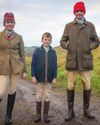
‘Happy hunting, everyone'
“The season for talks, dinners and parties has finally arrived for Tessa Waugh, whose distress about the snags of middle age fades away with some rousing festive spirits
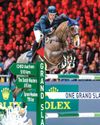
'Monaco deserved this victory
Seemingly destined always to play the bridesmaid’s role, Harrie Smolders’ great partner Monaco finally tops an incidentpacked Rolex grand prix
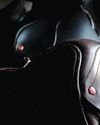
'It had to end sometime'
The closure of beloved Hampshire saddlery Calcutt Sons is a loss to the hunting and wider equestrian worlds, as Octavia Pollock reports

'You couldn't want for more
The Ludlow's peaceful country makes for a day in \"hunting paradise\"
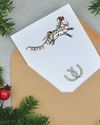
The greatest gift of all
Christmas is fast approaching and while we all like a bit of tinsel, the festive season is also a perfect time for giving to a horse charity. Niki Hinman finds out some of the options

Winter him well
A horse's winter routine can differ dramatically from his summer structure but what’s the knock-on effect? Ellie Hughes asks vets how to optimise routine management for the season
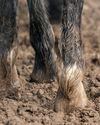
Neat feet
Excellent hoof care is a year-round concern but the winter months present their own problems. Richard Stephenson MRCVS explains the seasonal challenges afoot and how to stay one step ahead
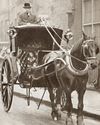
In bygone days
Modern vets have much scientific knowledge behind them, but what about their forebears? Kieran O’Brien MRCVS opens up the world of Victorian vets in London
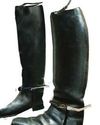
'When I joined the Pony Club it was just two boys and 48 girls'
Pepsi Kohler on being delightfully outnumbered by girls in the Pony Club, a leg-up from a royal and the H&H advert that changed his life